 Is Botox Safe During Pregnancy?
Is Botox Safe During Pregnancy?Warning: The NCBI website requires JavaScript to operate. Botulinum toxin A during pregnancy: a survey of doctors who treat AbstractBotulinum toxine A (btxA) is widely used for cosmetic purposes, headaches, dystony, spasticity, pain, and other label uses in and out of it. Despite the widespread use of btxA in women of child-raising potential, there is little data on the effects of this medication on pregnant women and the fetus. The aim of this study was to survey doctors who use btxA, to determine their experience with pregnant women. We studied 900 doctors who used commercially available btx A. The questionnaire asked doctors to treat whether they had knowingly injected or not pregnant women and what the outcome of each pregnancy was. In total, 396 doctors (44%) returned questionnaires, of which only 12 doctors reported injections of pregnant women with BtxA. Sixteen pregnant women were injected, mainly in the first quarter, and only one patient, who had previous spontaneous abortions, suffered a miscarriage. Another woman had a therapeutic abortion. All the other pregnancies were completed and there were no fetal malformations. Based on this limited survey of treatment doctors in the USA, btxA seems to be relatively safe for both the expectant mother and the fetus. We need more data, however, and we would recommend that doctors and patients carefully consider the risks and benefits before using btxA in pregnant women. The effects of the administration of botulinum toxin A (btxA) during human pregnancy are largely unknown. There is only one previous report on the use of btxA during pregnancy. FDA-approved labeling for btx A indicates that this toxin is category C of the risk of pregnancy, and recommends that it be administered during pregnancy only if the potential benefit justifies the potential risk for the fetus. We report the results of a survey of doctors who treat doctors who usually use btxA for various disorders. Our results indicate that there is no obvious qualitative association of btx Injection with any negative result of pregnancy, including abortions or fetal malformation. MATERIALS AND METHODSWe sent a page study (fig 1) to 900 American doctors identified in a national prescription database that had used btxA by the end of 1995 and 1996. The results of this survey were previously presented in abstract form. The questionnaire asked the doctor to estimate the number of patients who had injected with btxA, whether they had or not pregnant women with knowingly or unknowing injections, the indication of btxA therapy and how many units were used. We also wanted to know the trimester during which the patient had received the medication and what was the result of the pregnancy. We also question doctors about their level of comfort with the administration of btxA during pregnancy. Figure 1 Survey that was sent to 900 American doctors who used botulinum toxin A.RESULTS commercially availableIn total, 396 medical questionnaires were returned (44% response) and only 12 doctors (3% of response teams) had consciously injected pregnant women or not knowing about btxA. Two doctors with considerable experience (who had injected 1900 and 2000 patients respectively) had injected three pregnant women each. The other 10 doctors reported injecting only one pregnant woman each. In total, 16 women received btx One injection while pregnant; one patient received injections while wearing twins and another patient received repeated injections during three singleton separate pregnancies. Of the 16 women, 12 were injected during the first quarter, 1 during the second, 1 during the third, and 1 patient is not aware of the duration of the pregnancy at the time of the injection. The woman who was injected with btxA during three separate pregnancies received 1-3 injections during each pregnancy, which occurred in the three quarters (approximately 300 U per treatment). The dose of btxA injected varied from 1.25 U to 300 U (from the Botox formulation). The indications were cervical dystony (9 patients), estrabism (2), blepharospam (2), distony of member (1), oromandibular dysonia (1), and spasmodic dysphony (1). Of the 19 pregnancies, one was medically terminated and another woman with a history of miscarriage. The woman who had an abortion was subjected to a series of injections for cervical dystony and received approximately 300 U of btxA. The other 17 pregnancies were prolonged in the long term without complications and none of the babies need special postnatal care. Of the 12 doctors, only one (with more than 2000 total injected patients) was "very comfortable" and five doctors were "something comfortable" with the use of btxA during pregnancy. DISCUSSIONBotulinum toxin A is produced by Clostridum botulinum as a single chain polypeptide with a molecular weight of 150 kDa. BtxA injection studies in pregnant animals are limited; however, these studies suggest that btxA does not cross the placenta, perhaps due to its large size. In one study, the concentration of btxA was measured in different body fluids after administering a highly lethal intravenous dose to pregnant rabbits. There was no detectable level of btxA in the placenta or fetus at the time of rabbits' death. For mice and pregnant mice during organogenesis, the NOEL of development (not observed effect level) was 4 U/kg. This would translate into approximately a dose of 240 U for a woman of 60 kg. The doses of 8 U/kg and 16 U/kg were associated with "fetal weight reductions and/or delayed ossification that can be reversible". In rabbits, however, daily doses of 0.125 U/kg from 8 to 18 gestation or 2 U/kg on 6 and 13 gestation produced severe maternal toxicity, abortions and/or fetal malformations. Given this data, the product labeling also indicates that "if the medication is used during pregnancy, or if the patient becomes pregnant while taking this medication, the patient should be informed of the potential risks, including abortions or fetal malformations that have been observed in rabbits." There are multiple reports of cases of pregnant women who develop botulism not related to the therapeutic use of btx A. A pregnant woman with botulism was totally paralyzed and required mechanical ventilation; the fetus movements of 5 months were normal and had a normal spontaneous delivery to term. Other pregnant women with botulism delivered on term or slightly prematurely.,, Despite premature delivery in two cases, there was no evidence of clinical botulism and no detectable botulinum toxin in the serum of the babies., Some authors have suggested that btxA may be useful to prevent premature work in pregnant women after the intrusive surgery. BtxA would have to diffuse from distant sites to affect myometrium or get to the placenta after intramuscular or subcutaneous injection. Some reports indicate that btxA may differ from distant sites such as facial musculature to the arm as detected by single fiber electromyography (GEF), especially at higher doses. However, the effects appear subclinics, as weakness was not detected in the affected muscles., Other studies have found that btxA does not spread to distant structures including eye and side musculature when injected into rabbit eyelids or the gastrocneum muscle of rats, respectively. Another study with single fiber EMG indicated that there was no evidence of remote re-innervation or subclinical remodeling of motor units in the vast lateral muscles of patients treated with btxA. The methodological limitations of our study are those that are inherent in the questionnaire/supervision studies. First, there could be bias of sample selection, as the sample of doctors we have surveyed was identified for their commercial use of btxA, and perhaps some end users in a group practice were not identified to participate. Secondly, our response rate of 44%, while higher than many published questionnaire studies, is not optimal, and the responses received can represent a biased sample. Third, those who responded to the questionnaire could have been more likely to respond because of good results. Those who did not respond may have been embarrassed about the injection of pregnant women or had had unfavourable results in pregnant women injected by BtxA who did not wish to report. Fourth, remembering bias is possible in a survey; however, given the importance and impact of pregnancy on the lives of patients (and doctors), it would be less likely in our survey than in surveys involving less significant events (urination, bowel movements, diet, time of medication). Despite these limitations, this survey should serve as an initial exploration of the topic, as there is only one previously reported case of btxA injections during pregnancy. Given the widespread use of btx A for cosmetic purposes, dystony, spasticity, migraine and headaches, pain syndromes and multiple other label uses in and out of it, we feel that the inadvertent exposure of pregnant women and fetuses will certainly occur to a greater frequency over time. In some cases, women may have worsening conditions such as hemimasticatory spasm during pregnancy, may need btxA therapy. Of our limited data, we cannot find a clear qualitative association of fetal damage with maternal exposure to btxA injections. We do not recommend injection of pregnant women (such as product labeling), however, until more data is available. It is also unknown if btxA passes to breast milk, so it would be important for breastfeeding mothers to receive no injections until more information is collected. If a pregnant patient requires injections and is aware of the possible risks according to a good neurological practice, then it would be between the patient and the doctor or treating physicians to decide whether the benefits exceed the possible risks to the fetus. ACKNOWLEDGEMENTS This work was partly supported by Allergan Pharmaceuticals. AbbreviationsbtxA - botulinum toxin AEMG - electromyographyNOEL - not observed level of effect Footnotes This study was supported in part by Allergan. As authors, we started this study and designed the questionnaire. We had full access to all the data and did our own data analysis. The Dres. Singer and Sethi have received donations and honorary talk from Allergan. ReferencesFormats: Share , 8600 Rockville Pike, Bethesda MD, 20894 USA
We earn a commission for products purchased through some links in this article. Cosmetic procedures in pregnancy: What is safe? From Botox to peels, an expert explains both and not Routine aesthetic treatments – whether it's dermaletal, laser facials or piss – may not know whether to go to cold turkey in the procedures after discovering that they are pregnant. Most of us suppose it would be a bad idea, but what about the skin-needed one – that should be safe, right? Not necessarily. We ask the aesthetic doctor what advises your customers that they may be planning a pregnancy. Are the fillings safe to use in pregnancy and while breastfeeding? "There is always a risk with any medical intervention, including dermal fillings. Why risk during one of the most precious moments of your life? In addition, the weight and balance of fluids can change during pregnancy and so the way in which the fillings can be seen will change during pregnancy. I advise patients who do not have injections unless absolutely necessary - that is, for health reasons." What about Botox? "There is no clinical evidence to suggest that having is unsafe in pregnancy or during breastfeeding, but it is reasonable practice not to inject a toxin into pregnant women only in case something happens to the baby. No one is going to perform a clinical study on this because of ethical considerations." How long should you wait after pregnancy to have Botox? "As soon as you stop breastfeeding, it's good to start Botox again, but it's better to wait until your skin and your hormones have settled." What skin pellets are safe in pregnancy? "Lactic acids and small acids are generally fine, but only prepare for the skin to react differently to normal in pregnancy due to hormonal changes. "Can you have facial laser treatments? "Skin reactions can be unpredictable during pregnancy and the risk of hyperpigmentation is higher, so it would prevent any laser treatment. "Is microneedling safer?" is safer, as long as little deep needles are used (such as 0.5 mm). You don't want to take the risk of causing hyperpigmentation by overdoing it either at home or at a clinic." As Dr points out. Jain, "normally women shine and look radiant, and therefore younger when they are pregnant," which can be an impulse of sufficient beauty. "Why bother with something aesthetic?" asks. Follow Bazaar to make sure you are using the best ingredients during the pregnancy period – and enjoy it.

Is botox safe to use during pregnancy? | Pregnancy Magazine
Is Botox Safe? | Is Botox Safe During Pregnancy or While Breastfeeding?
Is Botox Safe During Pregnancy? - Skin Clinic Preston - Dr Arfan
10 Treatments Pregnant Women Should Avoid - Daily Parent
Can You Get Botox While Pregnant? Safety and Alternatives
Can botox side effects harm my baby when pregnant? - MadeForMums
Is Botox Safe During Pregnancy? - Being The Parent
Botox Treatments During Pregnancy: Harmful Or Safe? | EWmums.com
Is Botox Treatment Safe During Pregnancy? | Laser CliniqueIs Botox Treatment Safe During Pregnancy? | Laser Clinique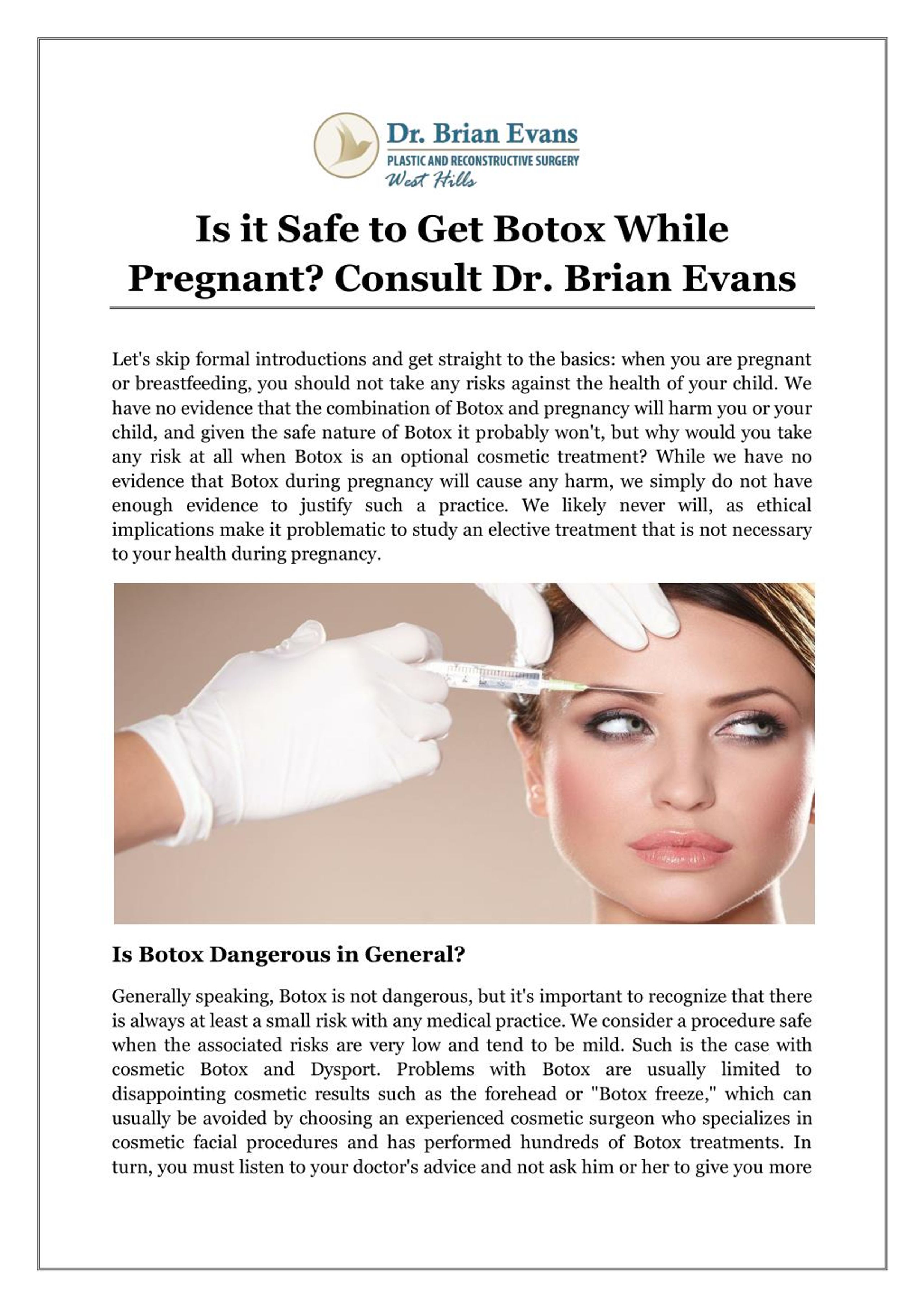
PPT - Is it Safe to Get Botox While Pregnant? Consult Dr. Brian Evans PowerPoint Presentation - ID:7558860
Is It Safe To Get Botox Or Fillers While Pregnant? | BabyGaga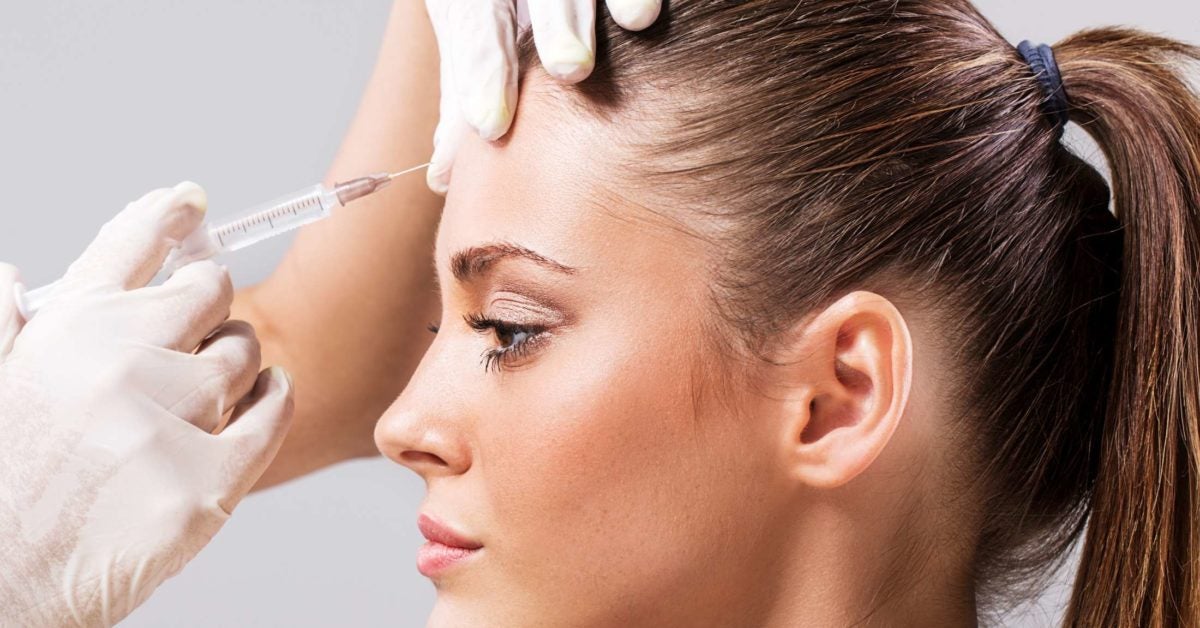
Botox and breast-feeding safety: All you need to know
Is Botox Safe During Pregnancy - Mom Blog Society
Can You Have Botox When You're Pregnant? Chrissy Teigen Has, And We Put It To The Experts | Grazia
Are Dermal Fillers and Botox Safe During Pregnancy? | Laser Aesthetic Center
Can you have Botox when pregnant? Cosmetic procedures in pregnancy
Is Botox safe during pregnancy?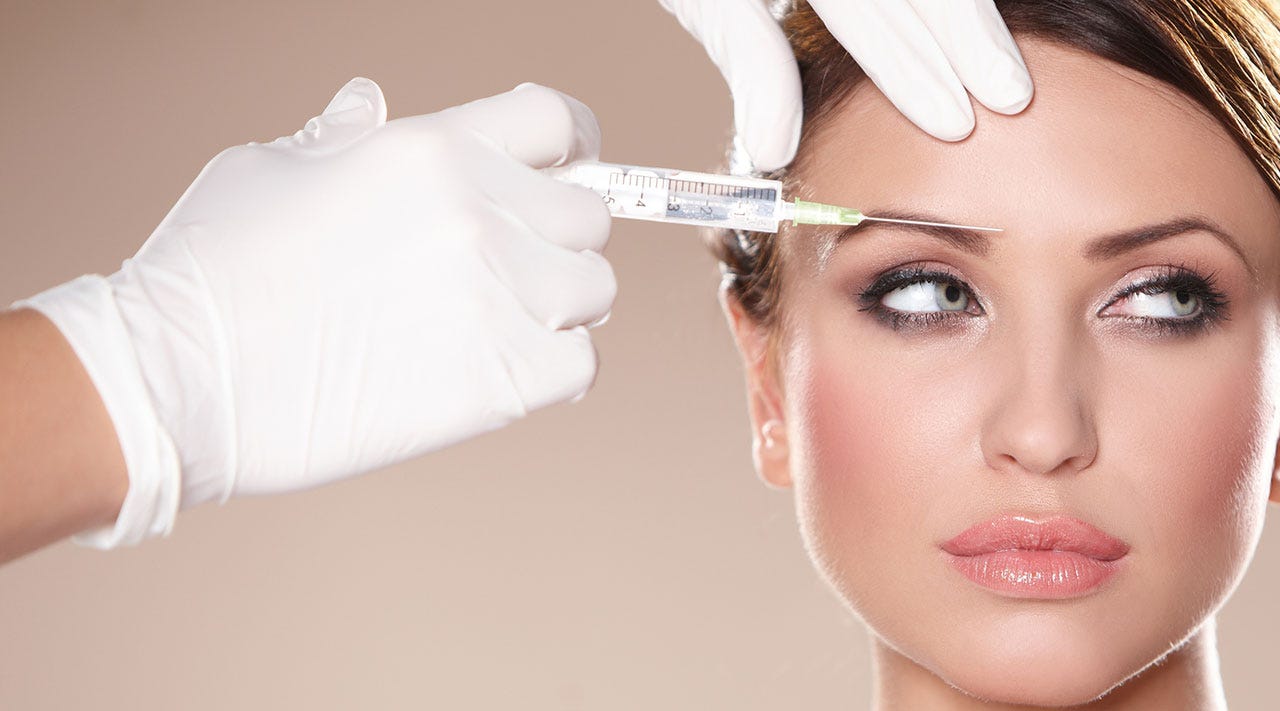
Is it Safe to Get Botox While Pregnant? Consult Dr. Brian Evans | by Dr Brian Evans | Medium
Are Botox & Fillers Safe During Pregnancy? - NYC | Dr. Joshua Greenwald
Are Botox and Dermal Filler Injections Safe During Pregnancy? - Sistine Facial Plastic Surgery
Botox and Pregnancy: Your Questions Answered - Bridgetown Aesthetics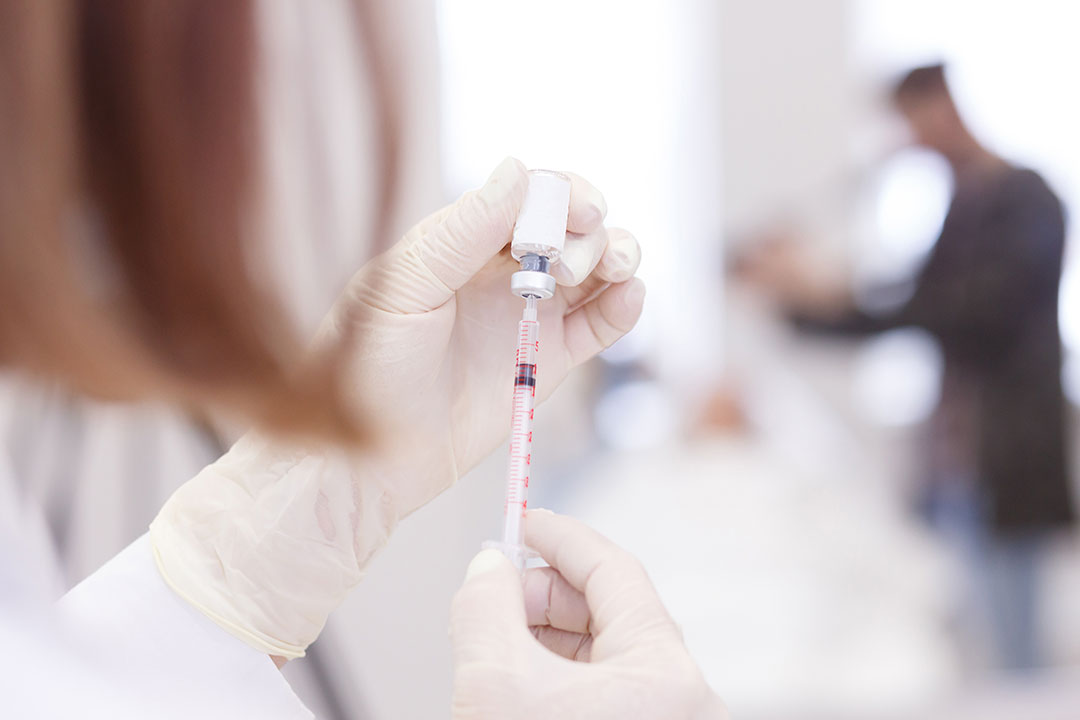
BOTOX® and Dermal Filler Injections Safety During Pregnancy - Dallas, TX
Botox During Pregnancy | babyMed.com
Can You Get Botox When You're Pregnant? - Motherly
Chrissy Teigen Is Getting Botox While Pregnant—Here's Why | SELF
Skin Care During Pregnancy | Skintour
Is It Safe To Get Cosmetic Procedures During Pregnancy And Breastfeeding? | AEDITION
Botox and Pregnancy: Your Questions Answered - Bridgetown Aesthetics
My wife is pregnant and wants to undergo botox - Friday Magazine
Chrissy Teigen explains why she's getting Botox during pregnancy | Page Six
Can I Get Botox If I'm Pregnant? | Eyesthetica
Pampering during pregnancy: what's safe and what's not? | The National/botox-injection-530449582-577168d85f9b585875ba2720.jpg)
Getting Botox While Breastfeeding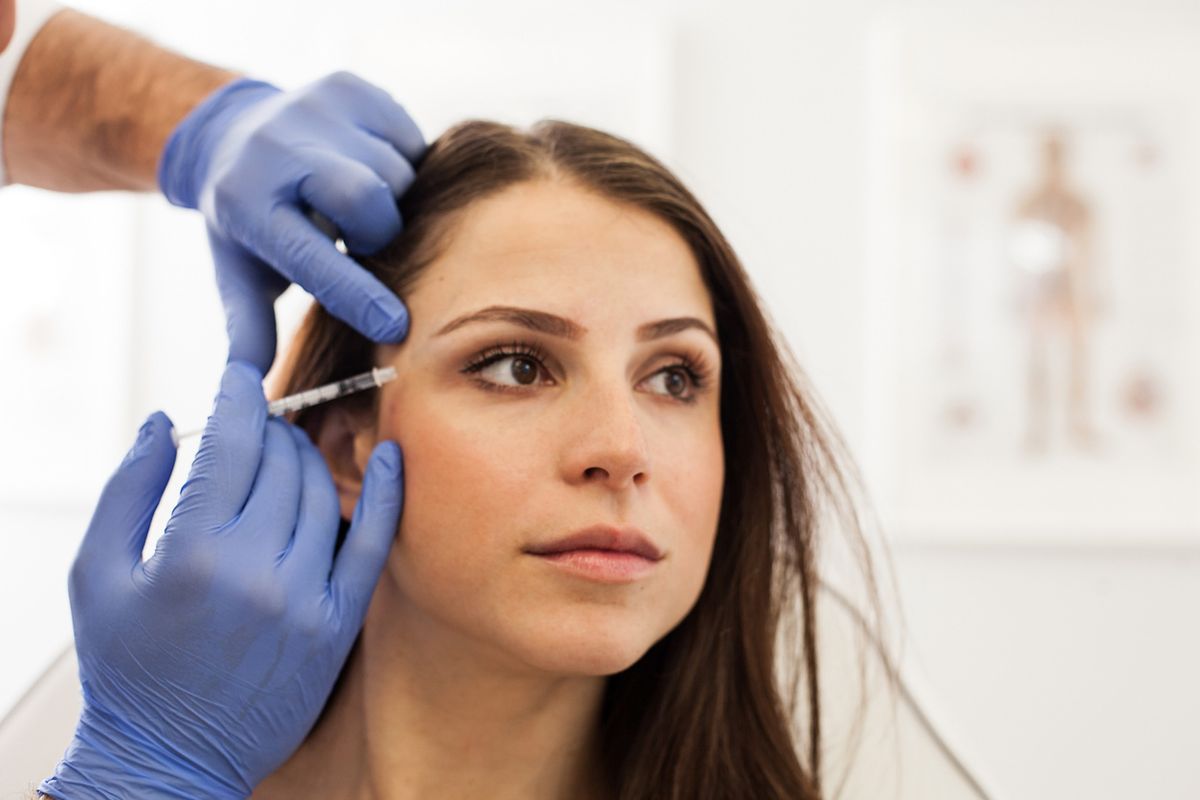
Pregnancy and Botox - HealthyWomen
Botox? Spray Tans? Bikini Wax? What You Can (and Can't) Do During Pregnancy
BOTOX for migraines, and more pregnancy-safe treatment options | Your Pregnancy Matters | UT Southwestern Medical Center
Chrissy Teigen is getting Botox during pregnancy
Why Plastic Surgeons Won't Give Pregnant People Lip Fillers | SELF































/botox-injection-530449582-577168d85f9b585875ba2720.jpg)





Posting Komentar untuk "is botox safe during pregnancy"